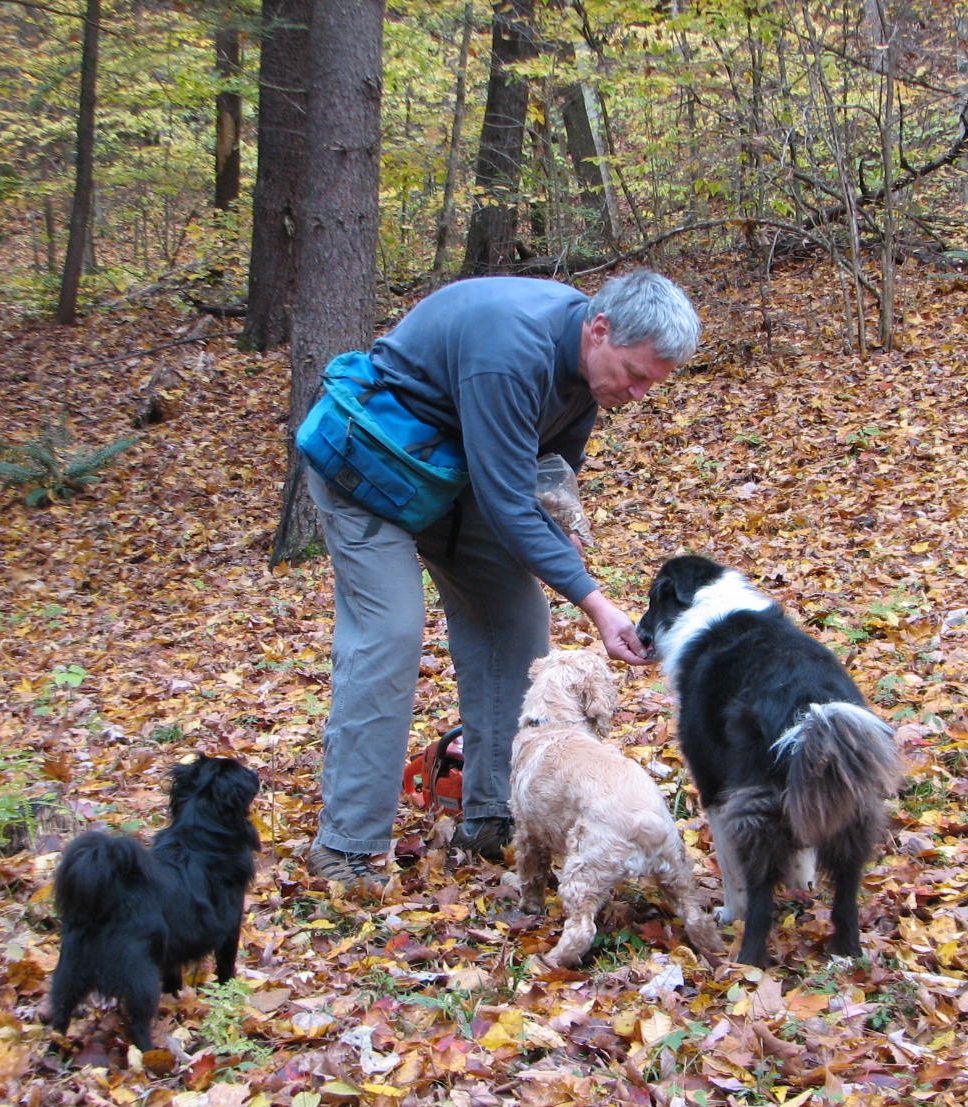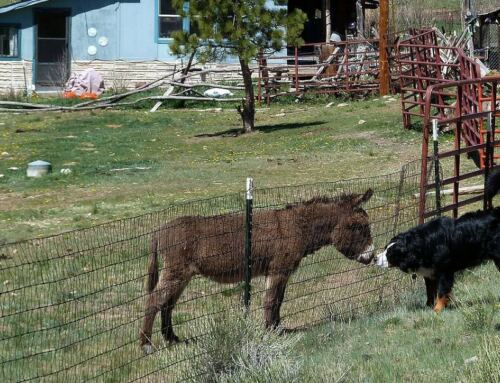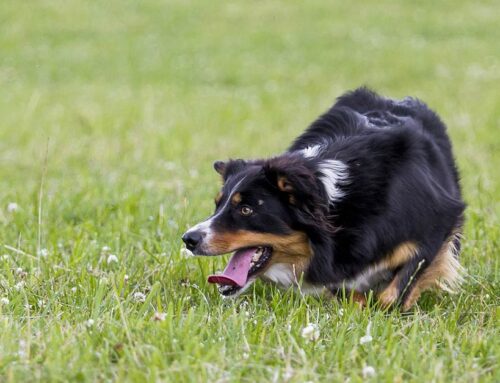We are living in a golden age of dog training. The industry has been infused with information from professionals in the field of applied behavior analysis and animal training in general. Mark and reward training (click/treat) and lure/reward are if not embraced, are at least not unknown to most dog trainers and pet owners. Bob Bailey was pulled out of retirement and is once again offering chicken camps to help trainers understand and practice the fundamentals of operant conditioning. The list of educated and accomplished professionals contributing to the progress of dog training continues to grow. So why do so many trainers struggle with the idea of “training?”
I understand attempts to make training accessible to pet owners who may harbor as much enthusiasm for training dogs as I have for changing the oil in my car (very little). Yet often these attempts seem to only further confound or complicate what is quite a basic concept, teach the dog to do what you want. There is relationship training, attention training, engagement training and who the heck knows how many others methods and protocols out there developed to get a dog to do what someone needs them to do.
Don’t misunderstand me, I am all for having a good relationship with dogs and empowering them (whatever that means). Even people uninterested in the mechanics of training likely want to have a good relationship with their pets. And what that means for one person will be different for another and I’m not sure how we can even begin to define what it means to a particular dog. But if we break it down to basics, if a dog is able to understand what is required of them in order to keep them in a home as a valued member of the family, whatever relationship there is is more likely to continue and hopefully improve.
The behaviors required of most dogs are fairly routine; come when called, poop and pee in a designated area, on leash walk slow enough for the human to keep up with you, only chew stuff that isn’t of value to the humans. We can add to this list as we like, but each one of these requirements consists of a what often is an easy to train behavior, if you know how to train. What we call “paying attention” to us could be described very clearly as a specific behavior, in my case it means look at me. Because this is among the behaviors I deem important for a dog to be able to perform, it’s one I reinforce regularly, whether the behavior is performed on cue or not. And as we could predict because of the Law of Effect it’s a behavior I see a lot of in my dogs. I’m not focusing on our relationship, I’m focusing on the behavior. I like to think I have a good relationship with my dogs. They usually come when I call them, they wait for me to catch up to them on our walks in the woods, they would choose to go out the door or into the car with me when given the option.
I appreciate focusing on the warm fuzzy of relationships with owners rather than the cold sounding rate, timing and criteria of training. But what does a good relationship look like? Does it look like an owner putting on their walking shoes, grabbing a leash and going out with their dog? Does it look like hopping into the car and heading to a location where a dog can run off-leash? Does it look like signing up for an agility or nosework class? Does it look like a dog pulling on a tug toy or retrieving a ball? If it does, and it’s not happening because a dog pulls while on leash or lunges at people and cars going by, or takes off and doesn’t come when called, or is too afraid to interact with their owner, as a trainer I know how to remedy this. Train the dog. Make it easy for their owner to get the behaviors they need in order to be successful at keeping up with their end of the behavioral bargain required to create a good relationship; grabbing leashes, driving to off-leash areas, picking up the frisbee.
There are dogs out there who are reaching the end of the rope as far as the energy and patience an owner has for the dog’s inability to do what the owner needs. I may not know how to fix a relationship but I do know how to train a dog, i.e., get a behavior, and put it on cue. I make no apologies about it. Training is not a dirty word in my book.






